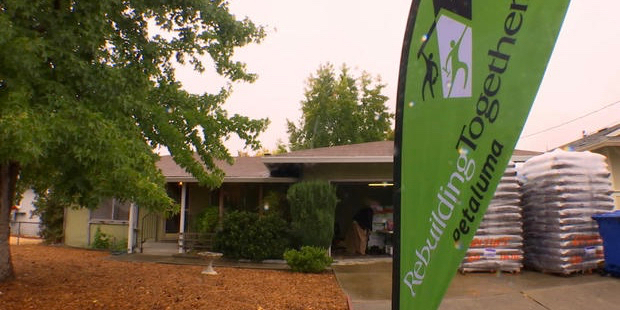
My last post argued that we should think of the role of local government in communities more in terms of “barn raising” than the more transactional metaphor of a vending machine. This idea was put forth in the great book Community and the Politics of Place by former Missoula, Montana mayor Daniel Kemmis, and later picked up in a popular article written by Frank Benest, former city manager of Palo Alto, California. The crux of the notion is the need for communities to move away from an “us” and “them” relationship between citizens and community organizations on the one hand, and local government on the other, and rather think of local government as a key community institution that is both part of and an extension of the community.
